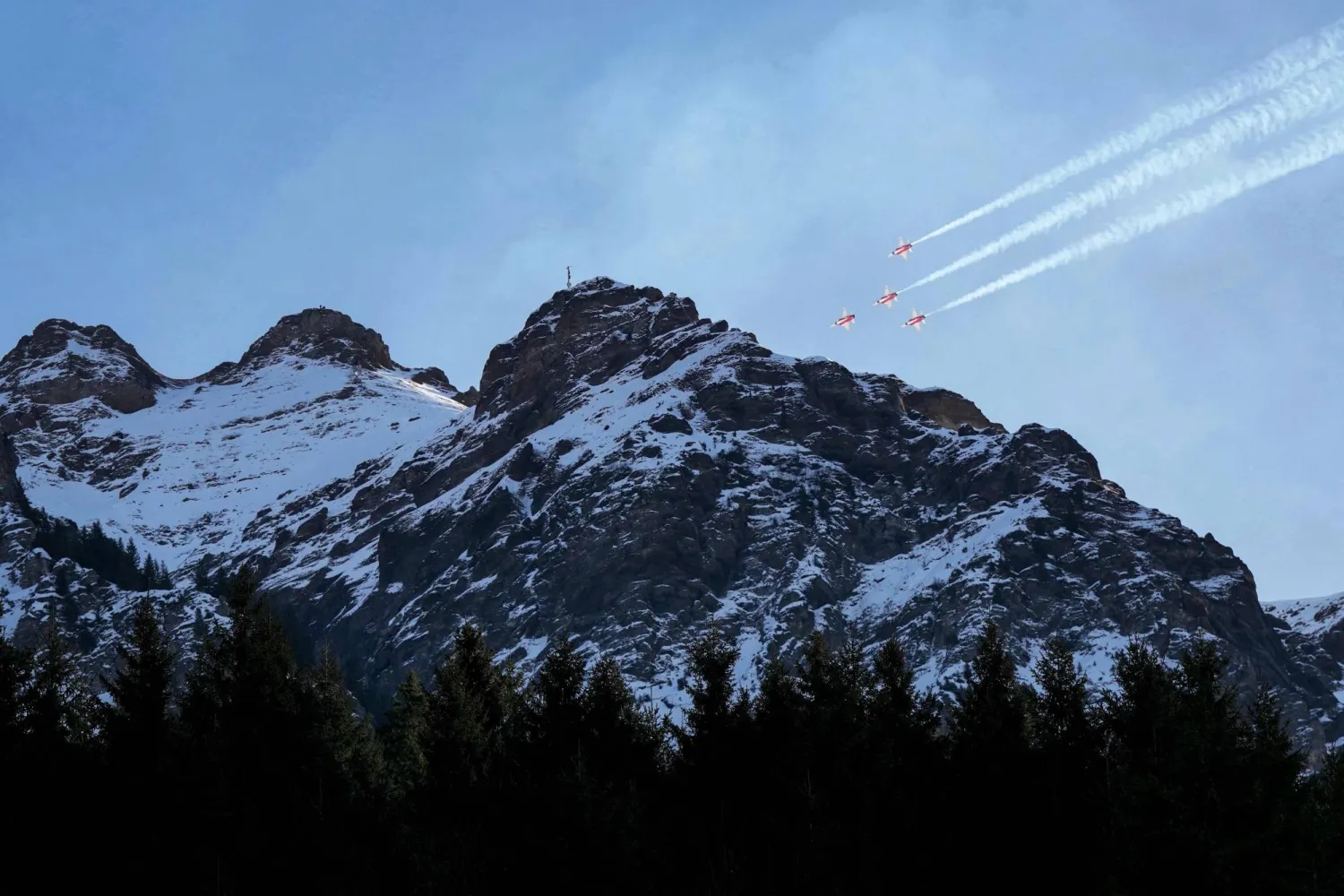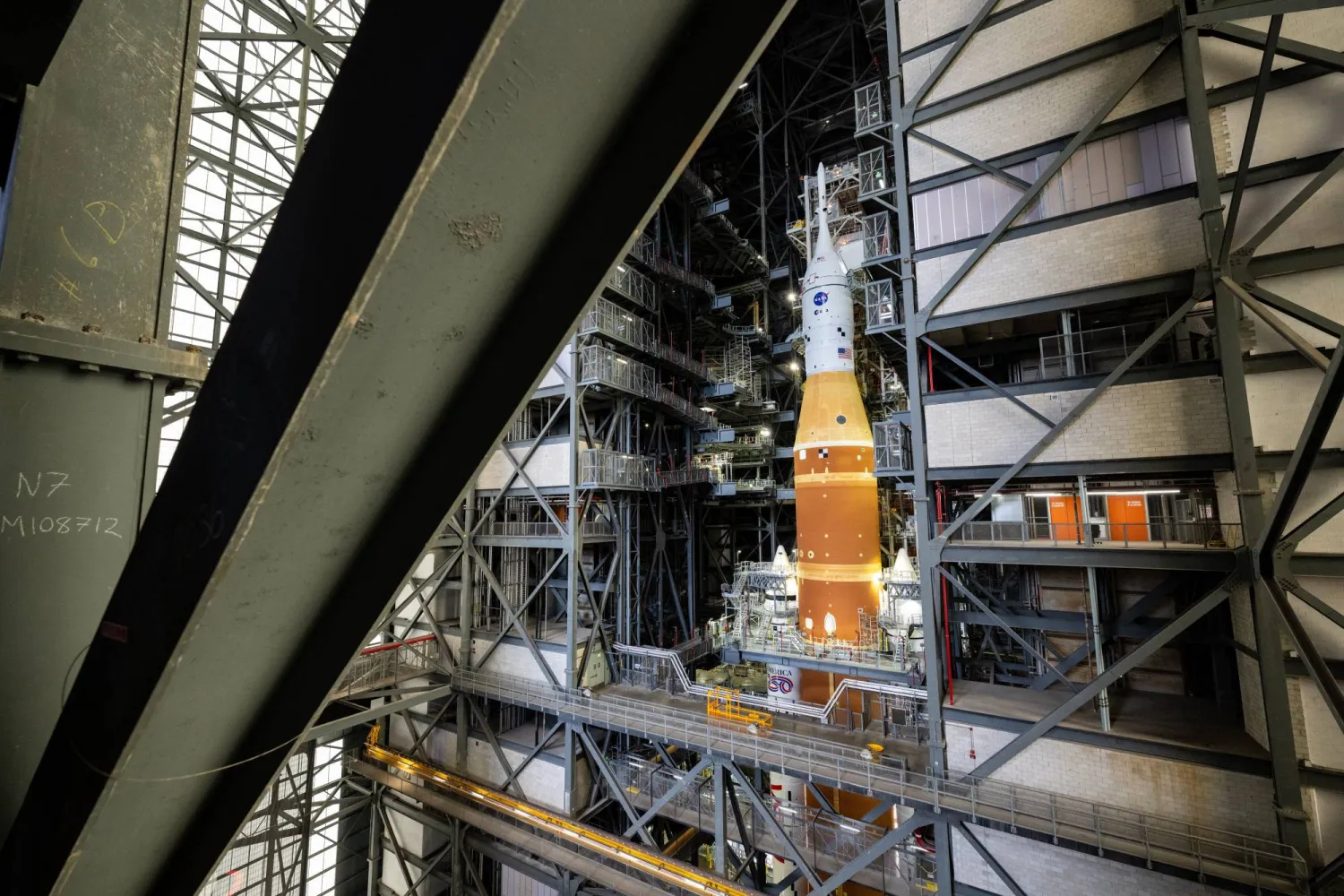First came space tourism. Now comes an even bigger thrill for the monied masses: spacewalking.
The stage is set for the first private spacewalk Thursday. Tech billionaire Jared Isaacman will pop out of the hatch of his orbiting SpaceX capsule, two days after blasting off from Florida on a chartered flight that lifted him and his crew higher than anyone since NASA's moonwalkers. He partnered with SpaceX CEO Elon Musk to buy a series of rocket rides and help develop brand new spacesuits.
SpaceX is the first private company to attempt a spacewalk, until now the domain of just 12 countries. There’s a reason why it’s such a niche and elite group: Spacewalking is considered the most dangerous part of any flight after launch and reentry, and demands extensive training.
“Spacewalks are a whole different entire ballgame than just strapping into a rocket and riding it, getting some zero-g time and coming back,” said retired NASA astronaut Chris Cassidy, according to The AP.
Cassidy knows firsthand about the dangers of spacewalking: He was working outside the International Space Station in 2013 when his partner, Italian astronaut Luca Parmitano, almost drowned. Parmitano’s helmet filled with water from his cooling garment, and he barely made it back inside in time. Another 30 minutes that day and “the answer might be different,” Cassidy said.
Cassidy worries there’s “a slippery slope” where the wealthy could try to jump to the front of a spacewalking line with minimal training.
Risk and disaster analyst Ilan Kelman of University College London said it’s “appropriate and inevitable” that non-professionals will end up performing spacewalks. But he anticipates fatalities along the way.
“We can and should do plenty to reduce the risk,” said Kelman. "We must be entirely honest with anyone participating, especially the low chance of rescue when something major goes wrong.”
This spacewalk attempt won't be like what routinely happens at the International Space Station where astronauts float out to do repairs. Isaacman and SpaceX engineer Sarah Gillis will venture just barely outside the capsule as they soar about 450 miles (more than 700 kilometers) above Earth. Their orbit was initially twice that high, but reduced for the spacewalk.
Besides being new to spacewalking, the crew of four will test suits fresh off the factory floor. All will be exposed to the vacuum of space since the Dragon capsule, unlike larger space vehicles, lacks an airlock.
For Isaacman, throwing away the cabin atmosphere and then restoring it is the riskiest part of the endeavor.
“You can’t afford to get anything wrong along that journey or you sidetrack it,” Isaacman said. “We’re going out just long enough to do what we need to do to get the data."
The bulk of their training over the past two years has focused on the spacewalk, the highlight of their planned five-day flight. SpaceX put considerable preparation and testing into the capsule and suits, said SpaceX’s Bill Gerstenmaier, a former NASA manager.
For safety, Isaacman and Gillis will always keep a foot or hand on the capsule or the ladder-like support that they’ll position above the hatch. They will be tethered to 12-foot (3.6-meter) lines, but there will be no dangling at the end of them.
The duo will take turns emerging from the hatch, each spending 15 to 20 minutes outside as they flex and test their suits. Their crewmates — SpaceX engineer Anna Menon and former Air Force Thunderbird pilot Scott “Kidd” Poteet — will monitor the spacewalk from inside.
The entire spacewalk should last no more than two hours. Isaacman has refused to say how much he invested in the flight.
To date, 263 individuals representing a dozen countries have performed spacewalks, according to NASA statistics, led by Soviet cosmonaut Alexei Leonov in 1965 with NASA’s Ed White close behind.









